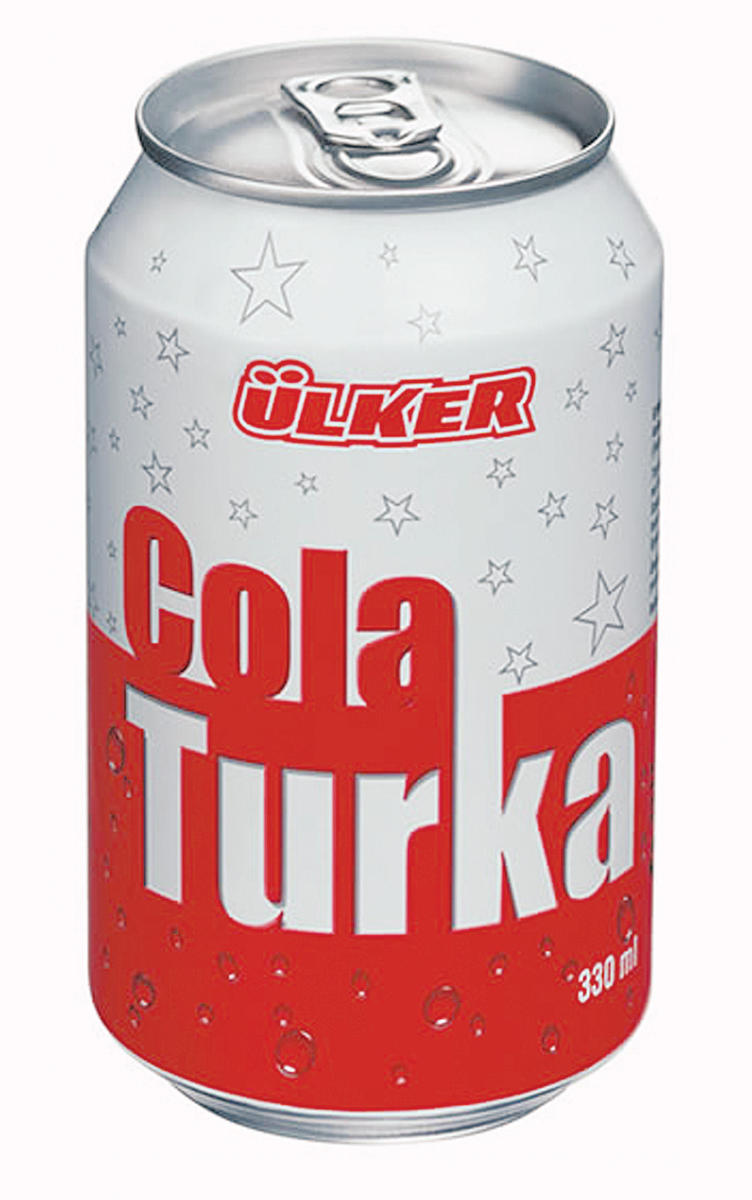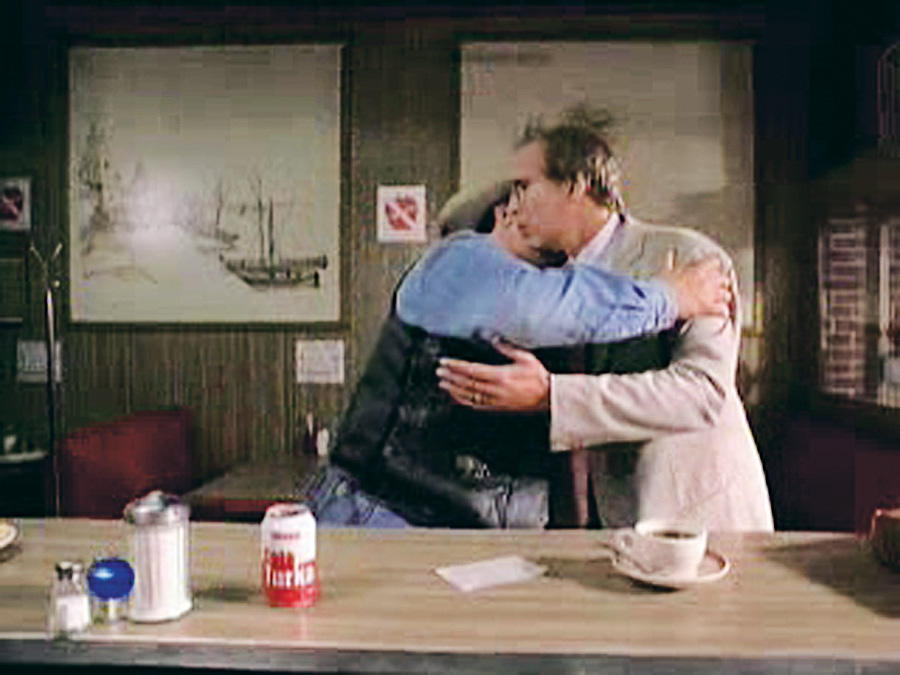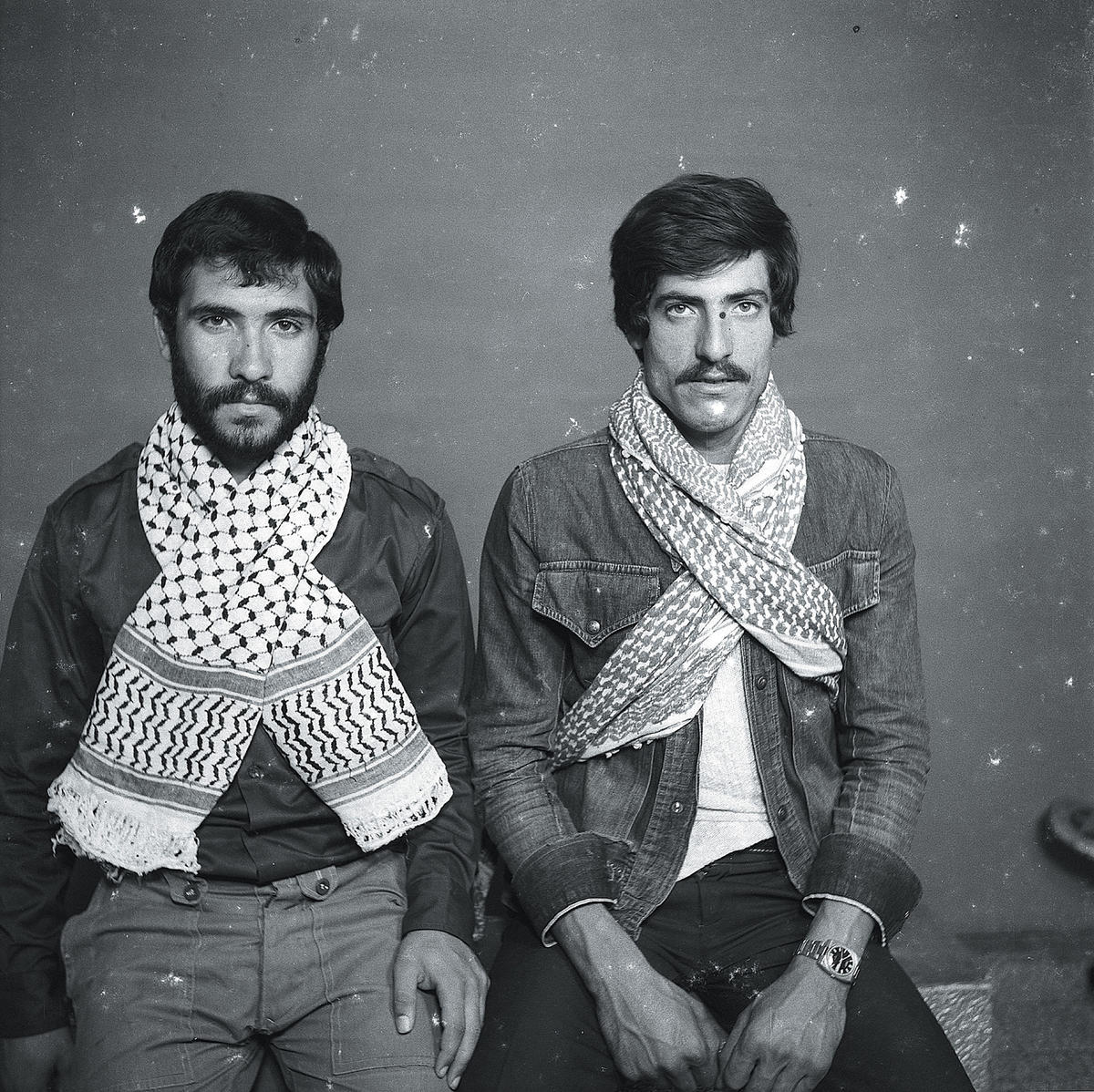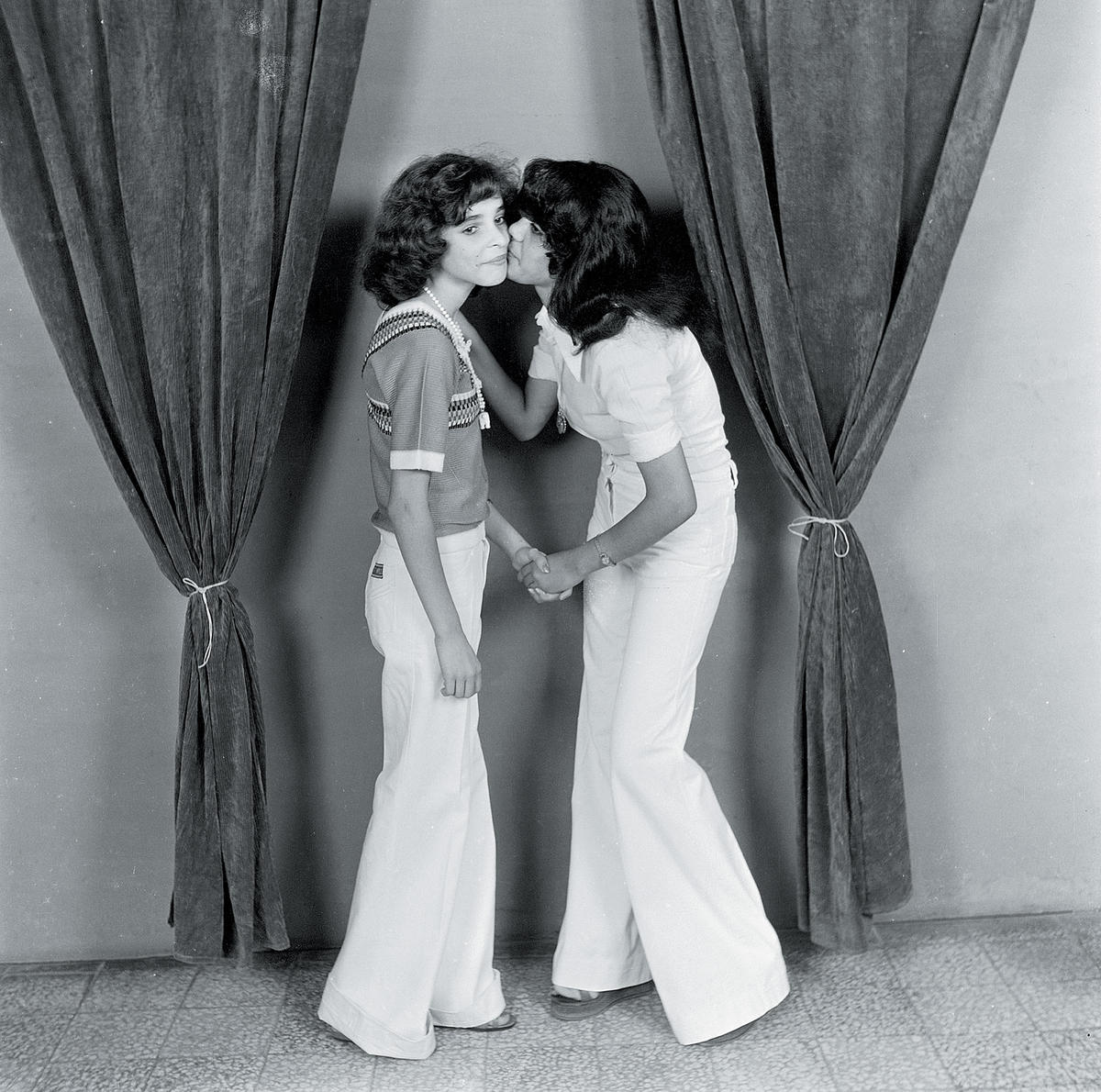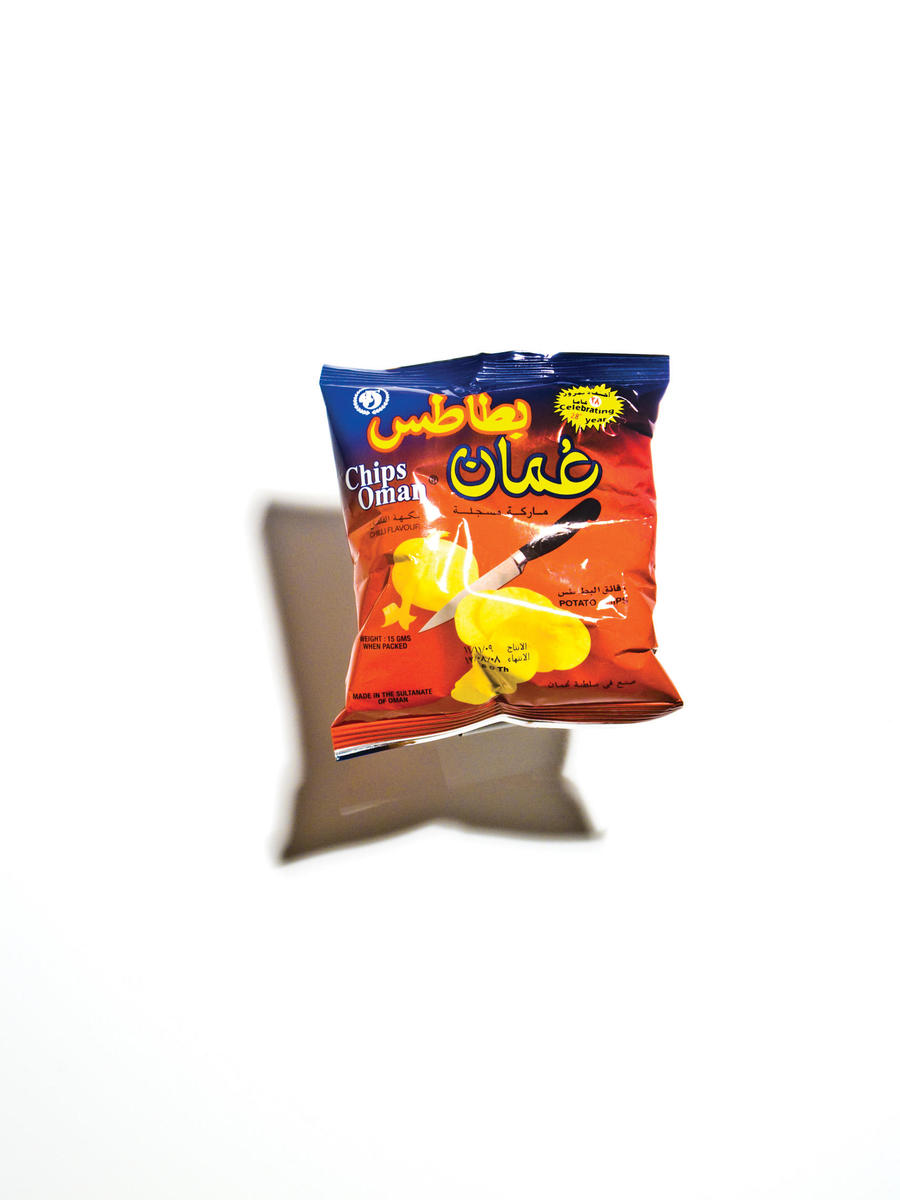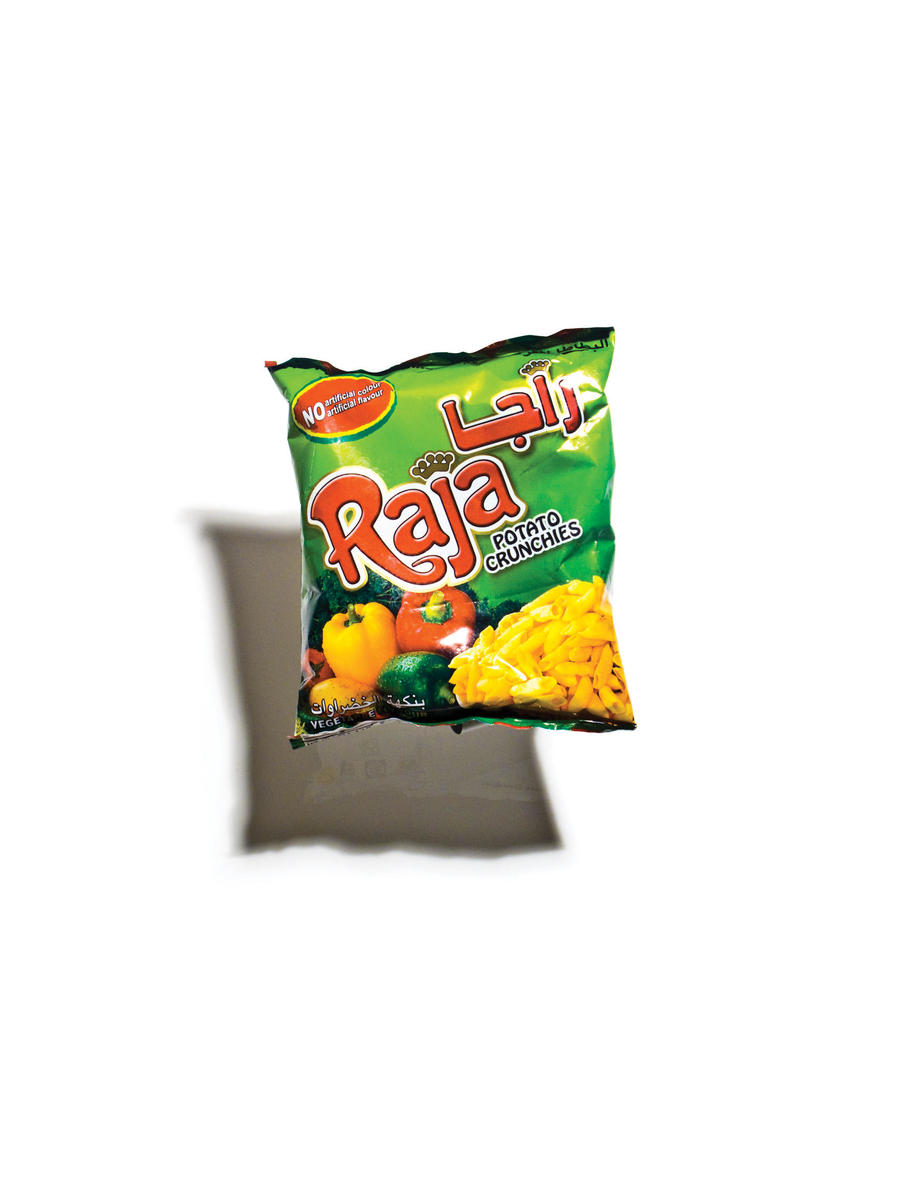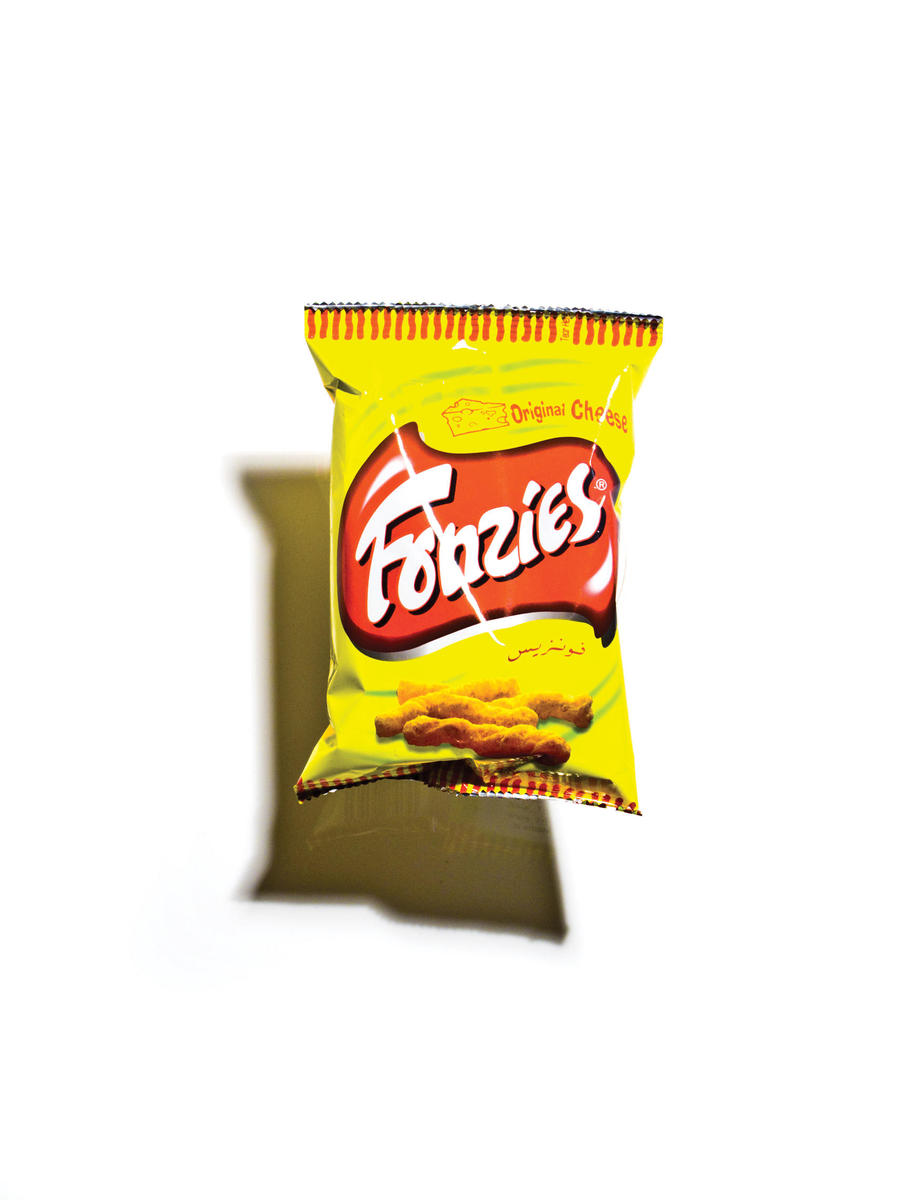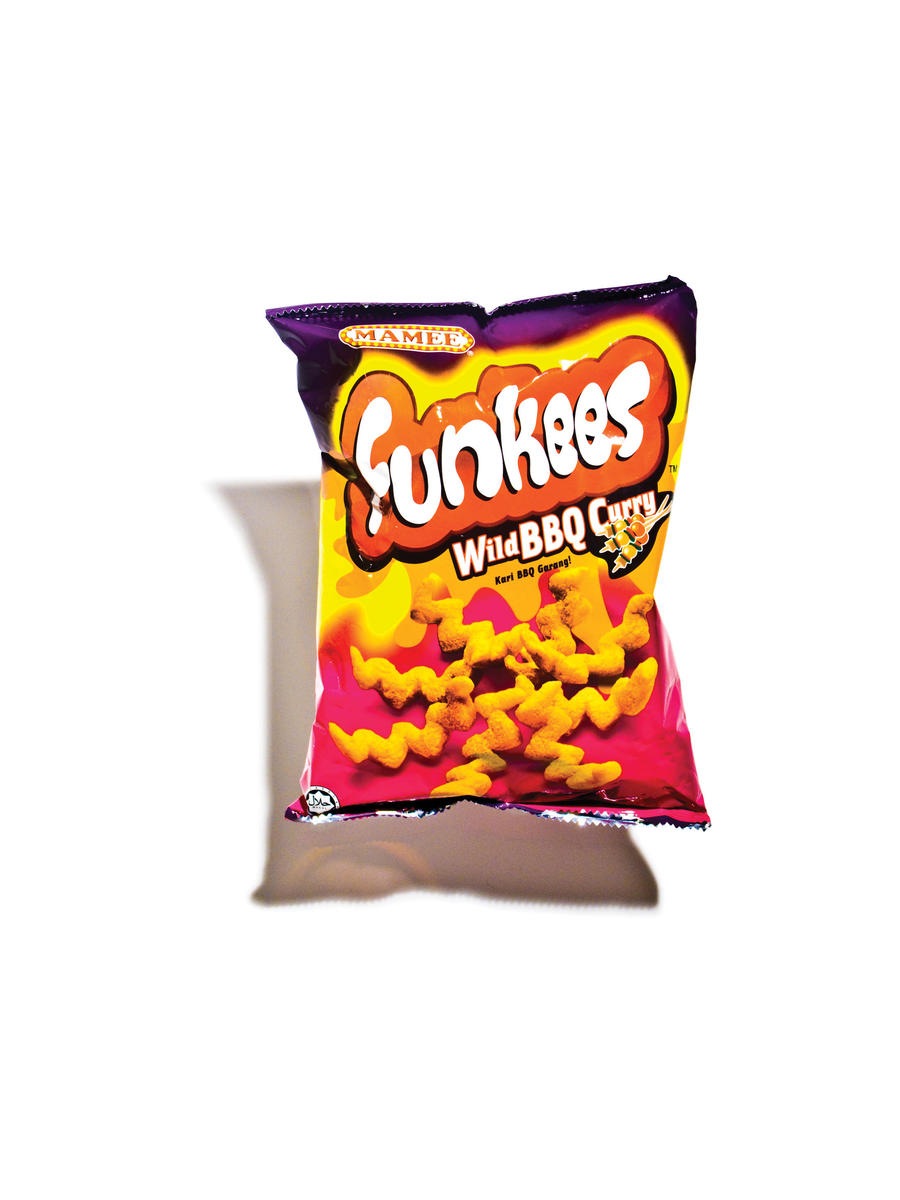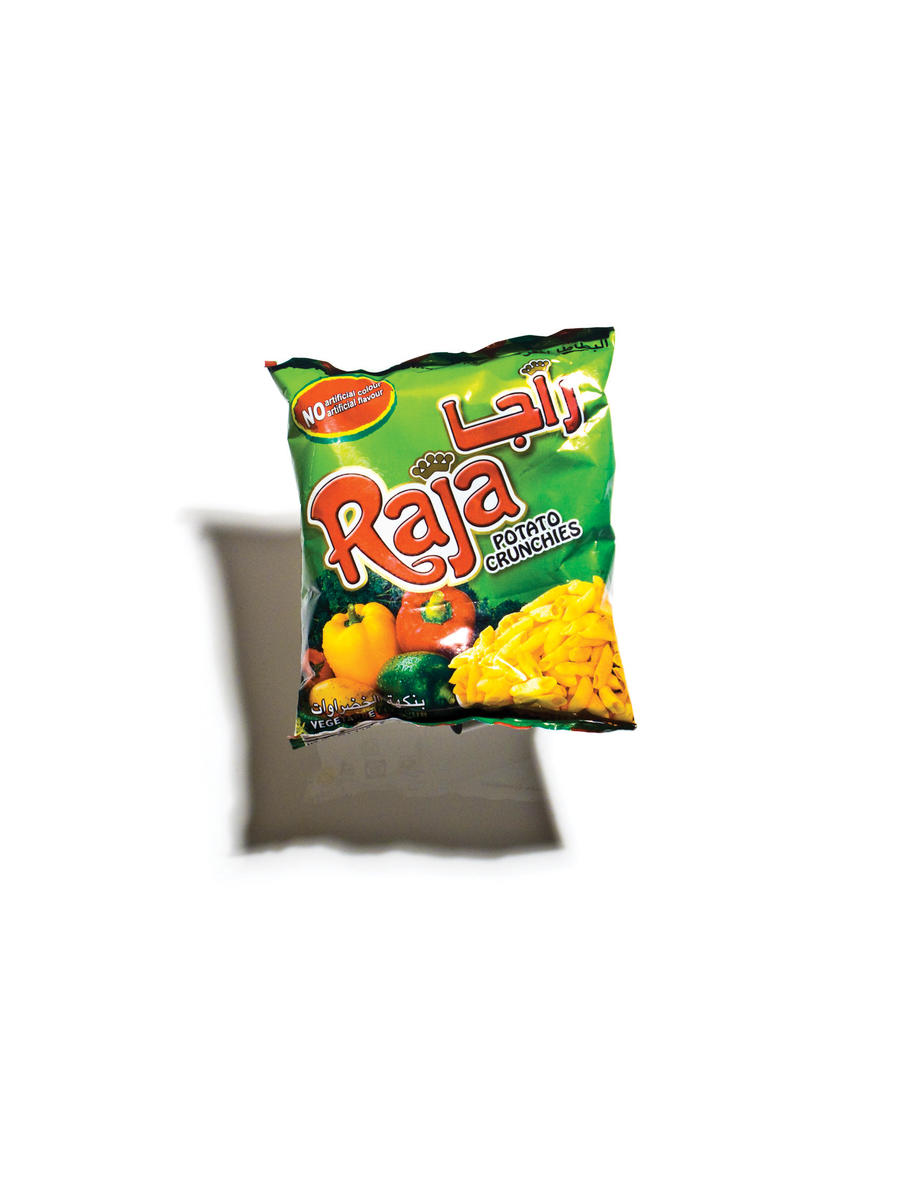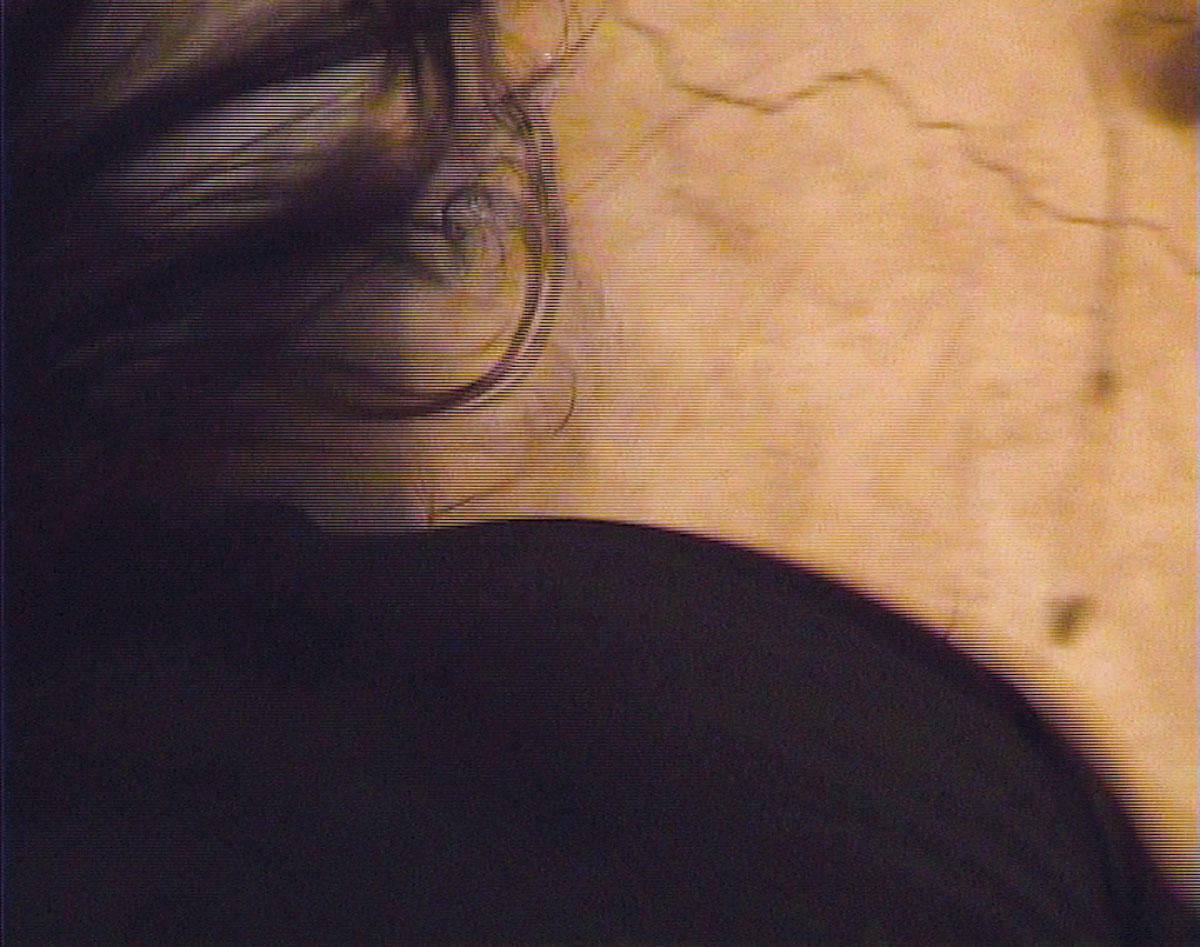
We’d been traveling for five months, following the pipelines from Texas to Iraq, via the Caucasus, the Caspian sea, Siberia, Central Asia and West Africa, trying to describe the new crude world order of countries in which the United States is seeking viable alternatives to Saudi Arabia.1 To illustrate our travelogue, we searched and found a variety of luscious, lip-smacking icons along the way. Texas wildcatters, Moscow oligarchs, child soldiers in Luanda, Baku belly-dancers, highwaymen in Tbilisi and African dictators. But this was more than we’d hoped for — imagine an old-school heavy metal band, greasy and hirsute, in the middle of Baba Gurgur’s oilfield, northern Iraq, against a stage backdrop of flames punctuating the oil fields.
In the offices of the North Oil Company, we found Americans in flowered shirts and beige bermudas, armed with Thuraya satellite telephones, walkie-talkies and Swiss pocketknives, installing Korean air conditioners in every room: these were men from Kellog, Brown & Root (KBR), a subsidiary of Dick Cheney’s old paycheck Halliburton, men responsible for bringing Iraqi crude production up to par.
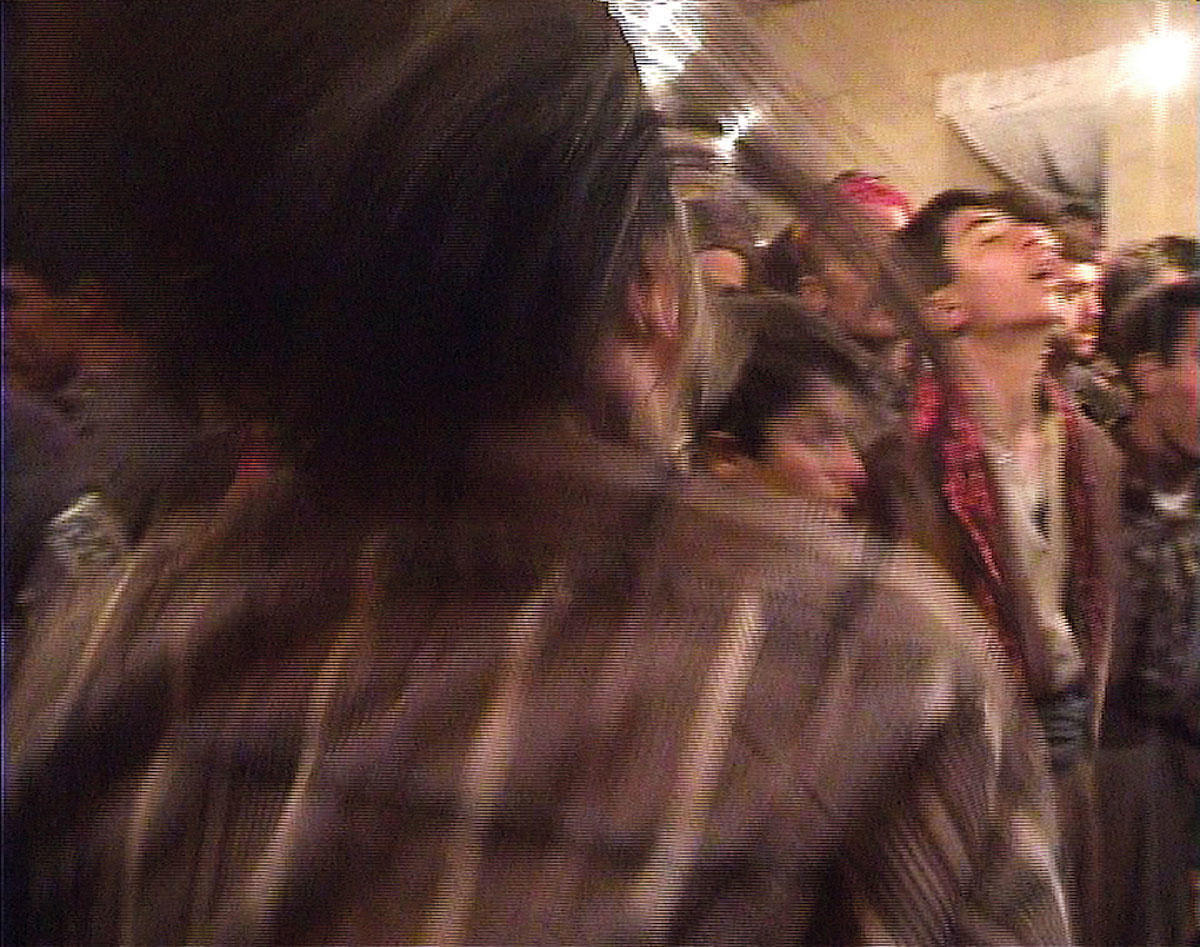
All around their gigantic compound, Iraqi guards watched on, wearing US nametags indicating their age, height and weight. They all had long hair, coiled up under their caps.
“Are you Sufi?” we asked.
“Well, actually, yes. How did you guess?”
It was the hair. Uncoiled and shaken — headbanged — during mystic dance sessions, their coiffure embodies the bond between Earth and Heaven, man and God. Most of the guards were members of the Kasnazani order, mainly a Kurdish affair, established under 12th-century Iraqi mystic Abdul-Qader Ghilani (1088–1166), whose influence spread from Istanbul to Delhi. The day we met happened to be a Thursday, the day of the Kasnazani regular meetings. “Be our guests this evening, in the gardens of the Sheik,” one of them said, before politely asking us to leave; it generally isn’t safe hanging around premises that are the regular target of rebel attacks.
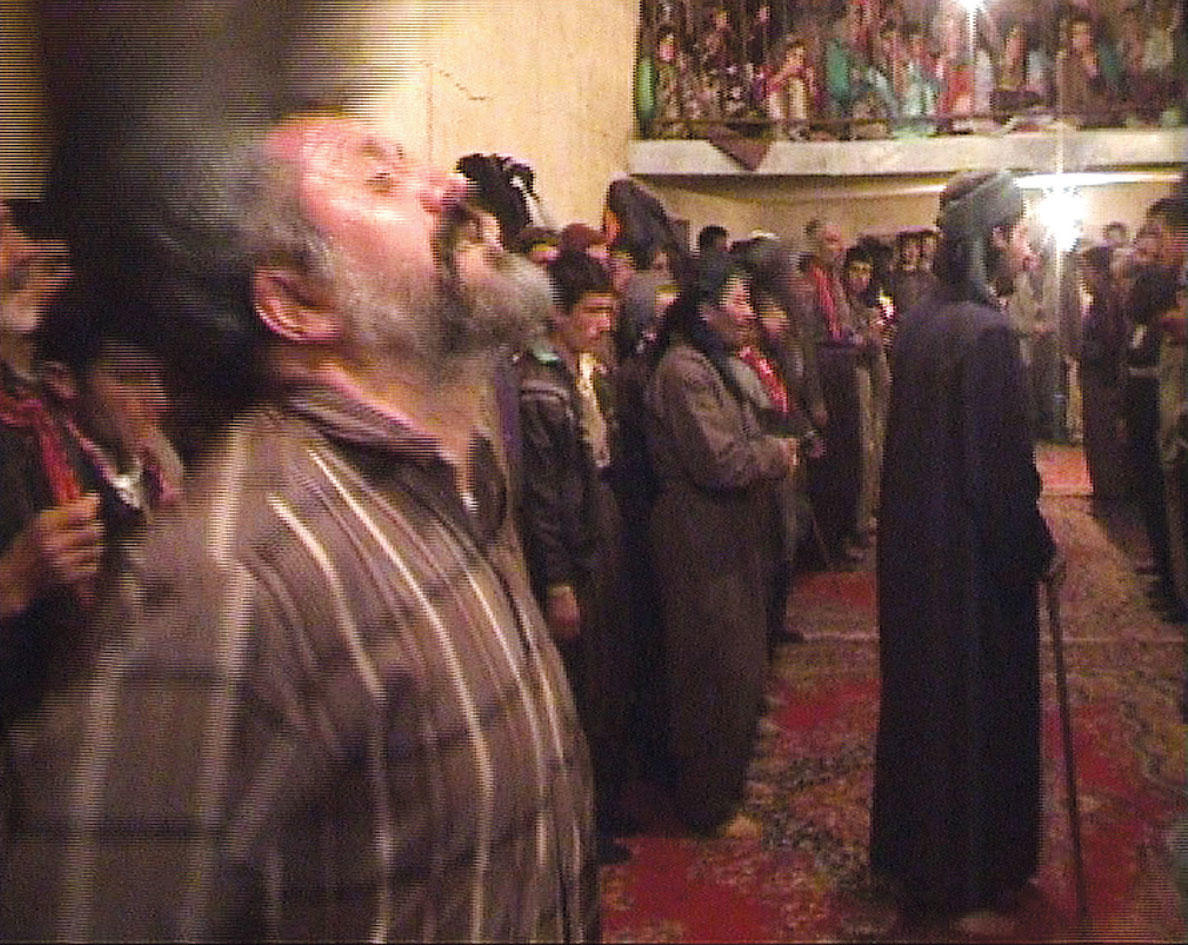
There are two types of Sufis. On the one hand, there are the intellectuals, the poets, who read 13th-century Iranian poet Rumi with a blend of ecstasy and academic pedantry. On the other hand there are the brutes. Perhaps a difference comparable to that between the Republican Party and the armed rednecks haunting the woods of the Bible Belt. Or, alternatively, the one dividing the Basque independence movement, which includes both the Batasuna party, with their press conferences and their search for political recognition, and ETA, the brutes with bombs.
The cab driver that evening was clinging to his gun, as terrified as we were of having to drive at night for the first time since the city had surrendered, plunging it into chaos. We got lost, driving past the citadel of Kirkuk three times before arriving there over an hour late. The dervishes (regular members of a brotherhood) were already well into their recital of la ellaha ell’ Allah (there is no other God but Allah), a ceremony that all mystic brotherhoods practice, with the ultimate aim of reaching a trance-like state. The long-haired men were pouncing to and fro to the rhythm of the drums, surprisingly reminiscent of Angus Young on a good night. When he had considered that the congregation had had enough warm-up, the master of ceremony’s assistant opened a kit revealing an impressive array of cheap cutlery and neon light bulbs.
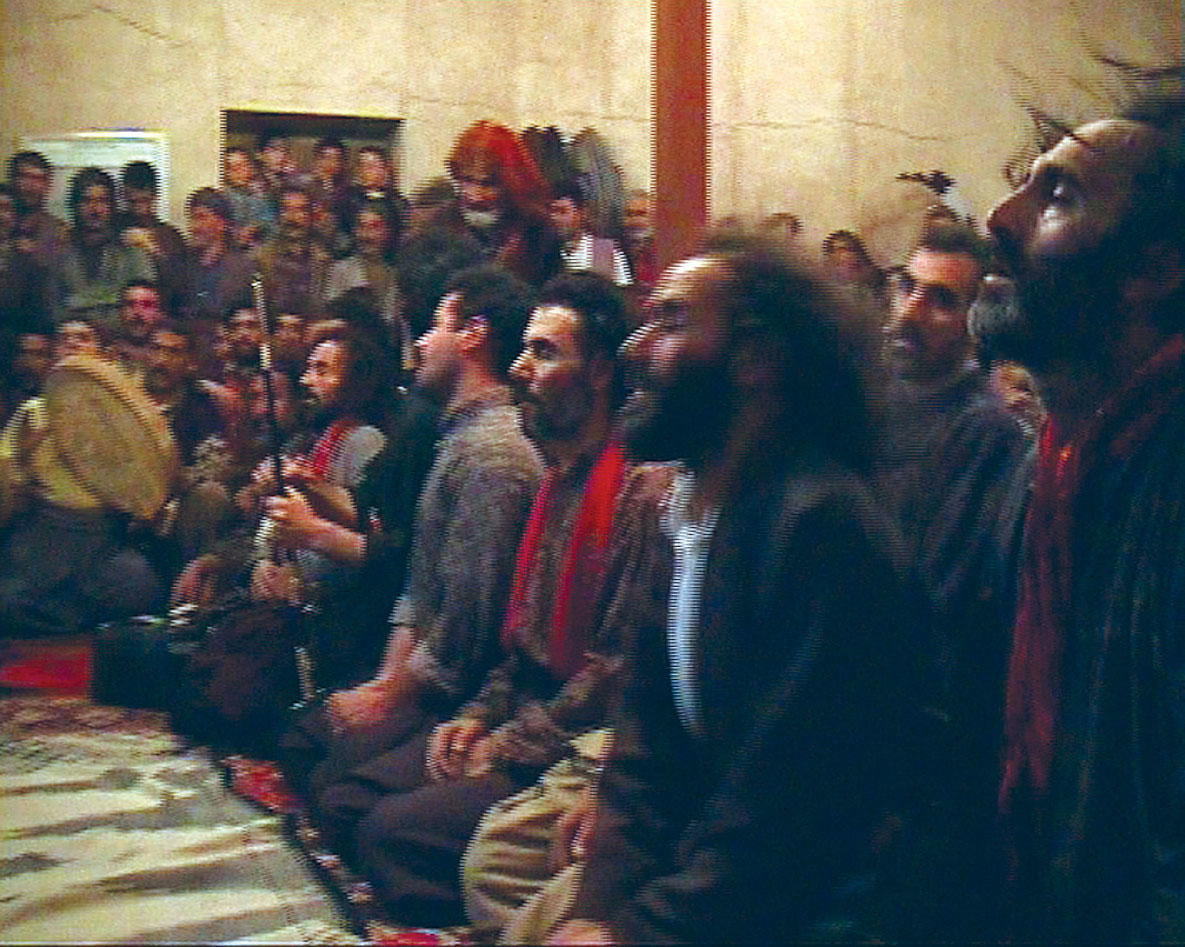
Dervish Fikrad, a scrawny twenty-year-old, started things by breaking off the metallic fuse of a 1.20 meter fluorescent tube, swallowing the rest as if it were spaghettini. In the silence that followed, everyone could hear him chewing on the glass, while a small dribble of blood ran down his chin until his mouth was indeed completely empty. This managed to put everyone in a jubilant mood. The old dervish Khatib started lacerating his tongue with two daggers, as if he were sharpening them. A cloud of blood and drool began to spray from his mouth.
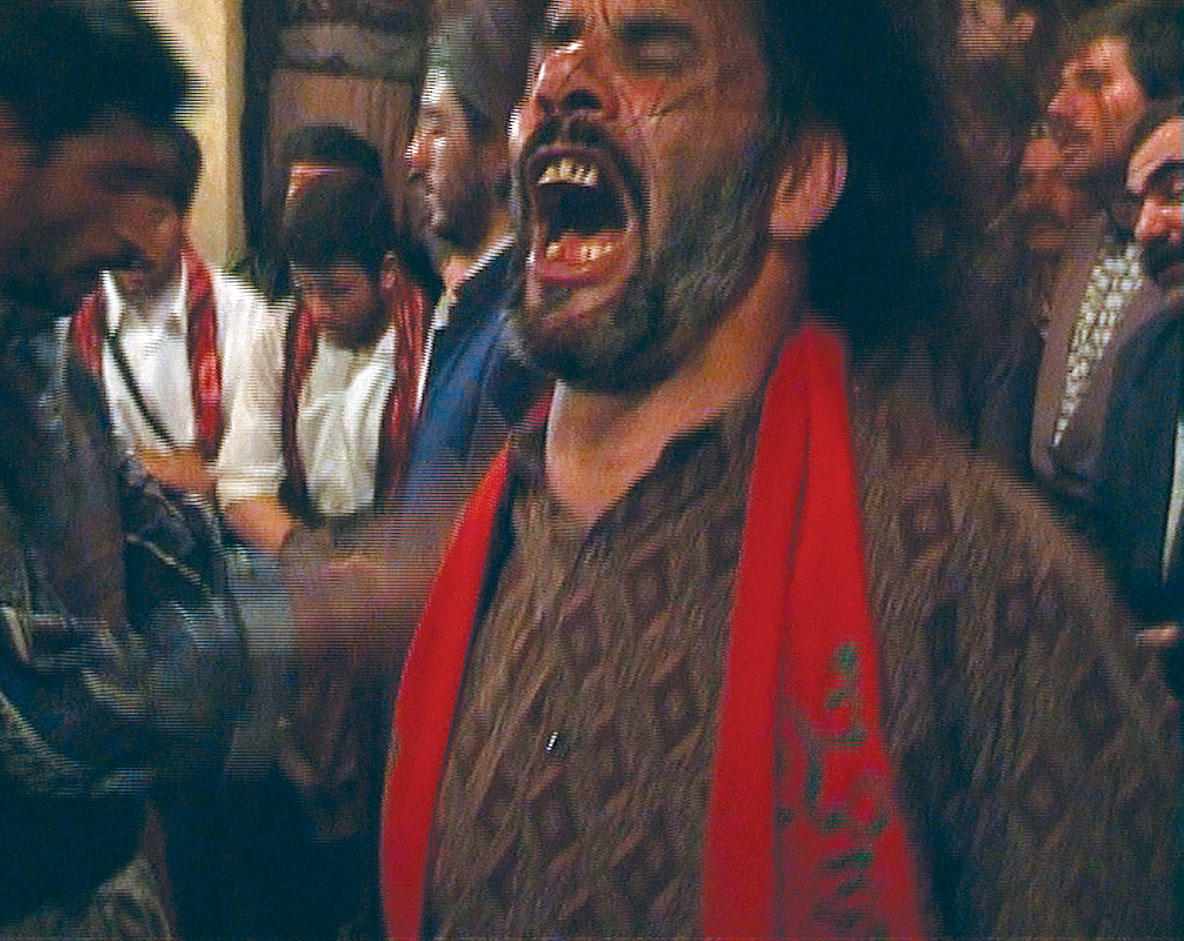
Next in the lineup was Momad Vlahieh, with his cheerful, cherubic face. Using a Kalashnikov cartridge as a hammer, the master of ceremonies nailed three daggers into his skull. Wearing this rather daring and idiosyncratic headdress, Vlahieh started dancing across the room. “Hey foreigner, come pull them out!” the caliph shouted in my direction. The congregation was already giggling, knowing what would follow. We each grabbed a dagger and pulled hard. Nothing. The blade was, quite simply, stuck in the dervish’s head. “That’s perfectly normal,” we were told, “you need God’s help for this sort of thing.” He shouted “Allah!” and released the knives with a small tug. For this particular redneck brand of Sufism, these entertaining stunts prove the existence of God, and are used to recruit new followers.
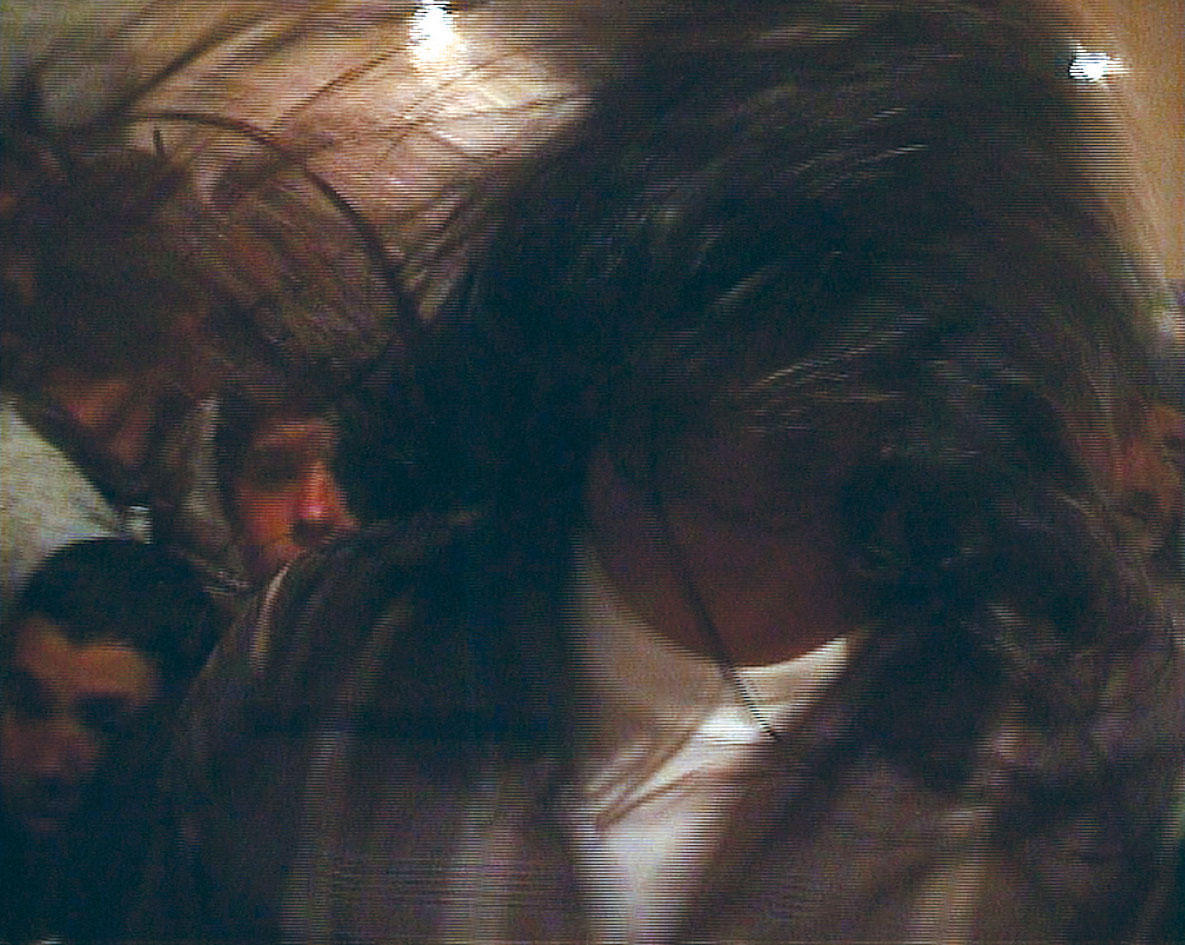
An interview was scheduled for the following day at 7:30 am, with two representatives of the occupying army. Major Joe Hanus was in charge, along with John Cox of the US Army Corps of Engineers. Both were charged with restoring Iraqi oil production to prewar levels. Hanus had no intention of giving us any relevant information whatsoever, and simply handed us a booklet that, he assured us, “will be very useful.” Within, we read that his team was the “best in the world,” that there is “no mission they can’t carry out” and that they are incidentally “a strategic partner of the army and the nation to fight terrorism at home and abroad.”
“Major, those people you employ to watch the oilfields, do you know how they spend their Thursday evenings?”
“Err, I think they have religious meetings or something.”
“They’re Sufis.”
“Yeah, someone told me, a bunch of fanatics. But they’re extremely efficient at keeping the site secured. Everyone’s happy.”
“Not fanatics, Major, mystics. In order to prove the existence of God, they accomplish miracles, such as planting knives in their—”
“Don’t tell me that!” he interrupts us with a high-pitched voice. “I don’t want to know any of this. It’s disgusting!”
“No, it’s just like the fakirs, they swallow—”
“Don’t tell me that! Don’t tell me that!” shouted the timorous and sensitive major, whose army, according to recent statistics, has caused the death of some 100,000 people during the course of its invasion and occupation of Iraq.2
1 This journey was documented in a publication entitled Un monde de brut (A crude world), published by éditions du Seuil in Paris.
2 A study published on October 29th 2004 in the British medical journal The Lancet estimates that 100,000 civilians have died in Iraq as a direct or indirect consequence of the March 2003 United States–led invasion. The article is based on a new study carried out by a research team at the Bloomberg School of Public Health at Johns Hopkins University in Baltimore.
